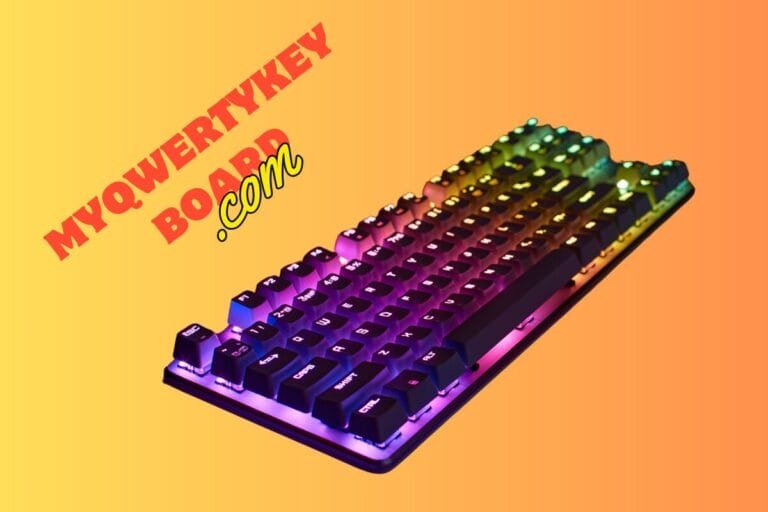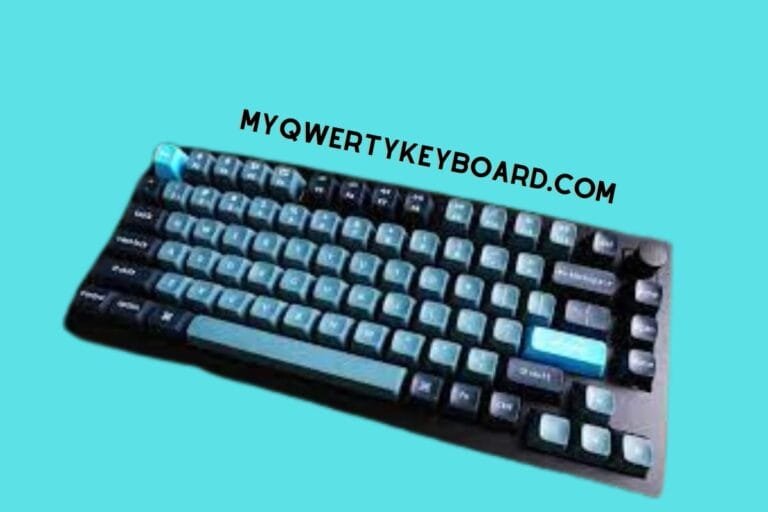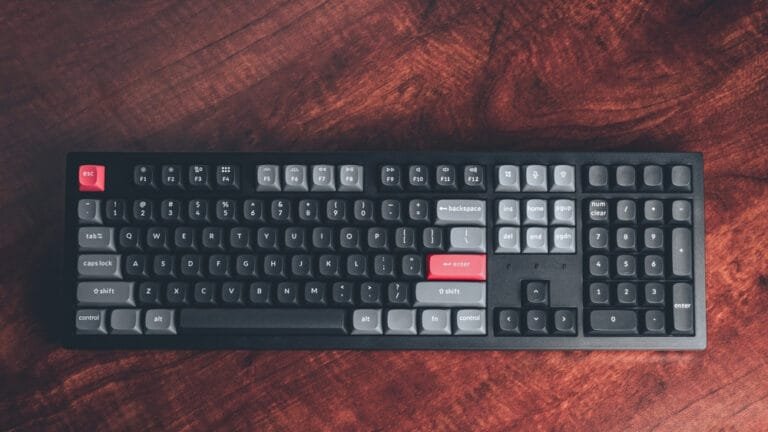Choosing the Best Typing Keyboard
In the typing world, the keyboard you use can make a difference. Whether you’re a professional writer, a student, or someone who spends hours typing daily, selecting the right keyboard is essential for an optimal typing experience. This comprehensive guide will explore different types of keyboards and highlight their advantages and disadvantages. So, let’s dive in and find the perfect keyboard for your typing needs!
Ergonomic Keyboards
Ergonomic keyboards are designed with the user’s comfort in mind. They aim to reduce strain and promote a natural typing posture. This is the best typing keyboard for women and seniors. Here’s what you need to know about ergonomic keyboards:
Advantages:
- Reduces the risk of repetitive strain injuries (RSI) and carpal tunnel syndrome.
- Provides better wrist and arm alignment, reducing muscle fatigue.
- Offers customizable features for personalized comfort.
Disadvantages:
- Adjusting to the split layout and unconventional critical placement might take time.
- Some models can be bulkier and less portable.
Popular Models:
- Microsoft Sculpt Ergonomic Keyboard
- Logitech Ergo K860
- Kinesis Freestyle Pro
Best Typing Practices:
- Maintain a relaxed posture, keeping your wrists straight and fingers curved.
- Take regular breaks and stretch your hands and fingers.
Durability and Longevity:
Ergonomic keyboards are built to last, with durable materials and high-quality components. With proper care, they can provide years of comfortable typing.
Mechanical Keyboards
Mechanical keyboards have gained popularity among typing enthusiasts for their tactile feedback and durability. Here’s what you need to know about mechanical keyboards:
Advantages:
- Offers a satisfying typing experience with tactile feedback and audible clicks.
- Provides faster and more accurate typing due to distinct vital switches.
- Durable and long-lasting, with individual key replacement options.
Disadvantages:
- It can be noisier compared to other keyboard types.
- Higher price range compared to membrane or scissor-switch keyboards.
Popular Models:
- Das Keyboard Model S Professional
- Ducky One 2 Mini
- Corsair K95 RGB Platinum
Best Typing Practices:
- Utilize the feedback from the mechanical switches to develop a consistent typing rhythm.
- Avoid bottoming out the keys to reduce finger fatigue.
Durability and Key Lifespan:
Mechanical keyboards are built to withstand heavy use, with key switches rated for tens of millions of keystrokes.
Wireless Keyboards
Wireless keyboards offer convenience and freedom from cables, allowing positioning and workspace organization flexibility. Here’s what you need to know about wireless keyboards:
Advantages:
- No cable clutter, providing a clean and organized workspace.
- Freedom to position the keyboard wherever it’s most comfortable.
- Easy connectivity with Bluetooth or USB receivers.
Disadvantages:
- Reliance on battery power, which requires periodic recharging or battery replacement.
- There is slight input lag compared to wired keyboards.
Popular Models:
- Logitech MX Keys
- Apple Magic Keyboard
- Microsoft Surface Keyboard
Best Typing Practices:
- Ensure a stable wireless connection by keeping the keyboard within the recommended range.
- Regularly check the battery level to avoid interruptions during typing sessions.
Battery Life and Connectivity:
Wireless keyboards offer varying battery life, depending on usage and the type of batteries used. Rechargeable models can provide weeks or even months of use on a single charge.
QWERTY Keyboards
QWERTY keyboards are the standard layout used in most computers and devices. Here’s what you need to know about QWERTY keyboards:
Advantages:
- A familiar and widely used format makes finding and accessing keys easy.
- Compatible with various operating systems and devices.
- Offers a vast range of options and price points.
Disadvantages:
- It can lead to finger fatigue due to long stretches between specific keys.
- Some users prefer alternative keyboard layouts for increased typing efficiency.
Popular Models:
- Logitech K780
- Dell KM717
- HP Wireless Elite Keyboard
Best Typing Practices:
- Use proper finger placement and hand positioning to maximize typing speed and accuracy.
- Regularly clean the keyboard to prevent dust and debris buildup.
Durability and Key Layout:
QWERTY keyboards are built to withstand daily use, with keycaps designed to resist wear and fading. The standard layout ensures compatibility across different devices and applications.
Conclusion
When choosing the best typing keyboard, consider your needs, preferences, and style. Ergonomic keyboards provide comfort and reduce strain, while mechanical keyboards offer a tactile typing experience and durability. Wireless keyboards provide flexibility and freedom from cables, while QWERTY keyboards offer familiarity and compatibility.
Try out different keyboards whenever possible to find the most comfortable for your typing style. Consider ergonomics, critical feedback, portability, and budget to make an informed decision.
Frequently Asked Questions
Q1: What is the difference between a mechanical and a membrane keyboard?
A: Mechanical keyboards use individual mechanical switches for each key, providing tactile feedback and a satisfying click sound. On the other hand, Membrane keyboards use a rubber dome and a membrane layer for key actuation, offering a softer and quieter typing experience.
Q2: How do I clean my keyboard correctly?
A: Start by unplugging your keyboard. Use a can of compressed air to remove loose debris between the keys. For a deeper clean, you can use a microfiber cloth dampened with a small amount of isopropyl alcohol.
Q3: What is the advantage of using an ergonomic keyboard?
A: Ergonomic keyboards are designed to reduce muscle strain and repetitive stress injuries associated with prolonged typing. They promote a more natural and comfortable hand and wrist position.
Q4: Does the layout of a keyboard impact typing speed?
A: Yes, the keyboard layout can impact typing speed. The standard QWERTY layout is designed for efficient typing, and most people are familiar with this layout. Alternative arrangements like Dvorak or Colemak aim for even higher efficiency by placing the most used keys under the most muscular fingers.
Q5: How often should I replace my keyboard?
A: The lifespan of a keyboard depends on its build quality and how much it’s used. Good-quality keyboards can last for many years. Signs it might be time for a new keyboard include unresponsive keys or noticeable wear and tear.






